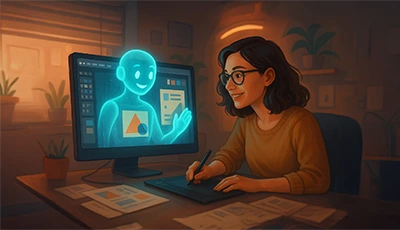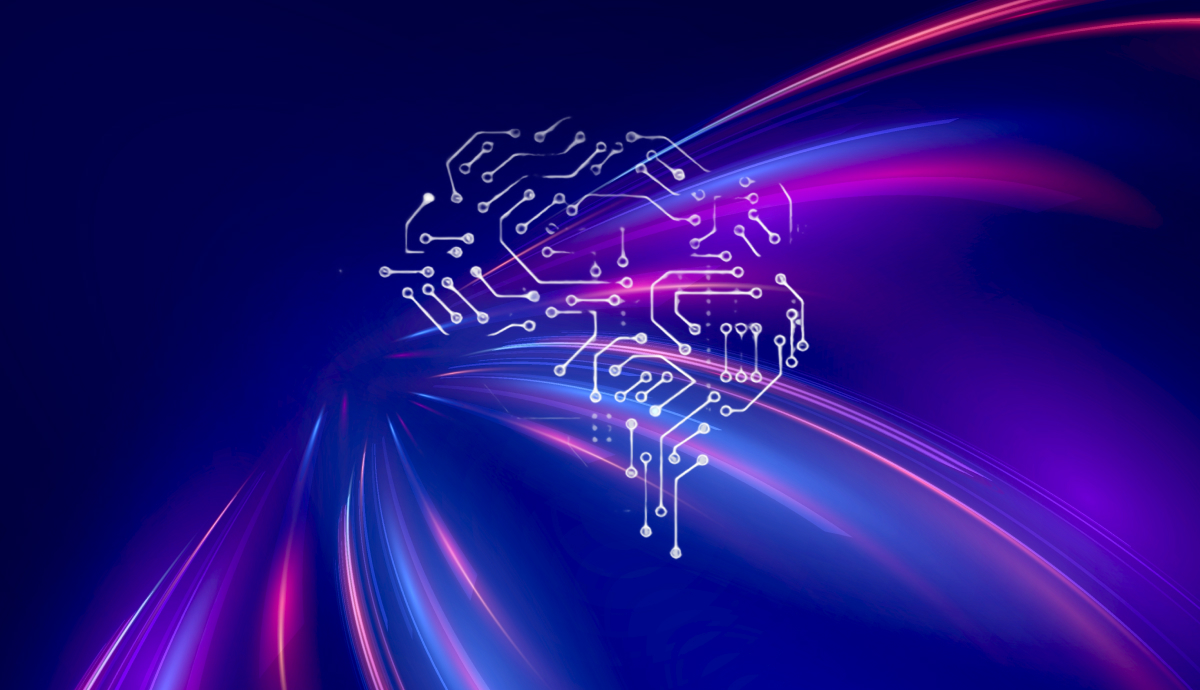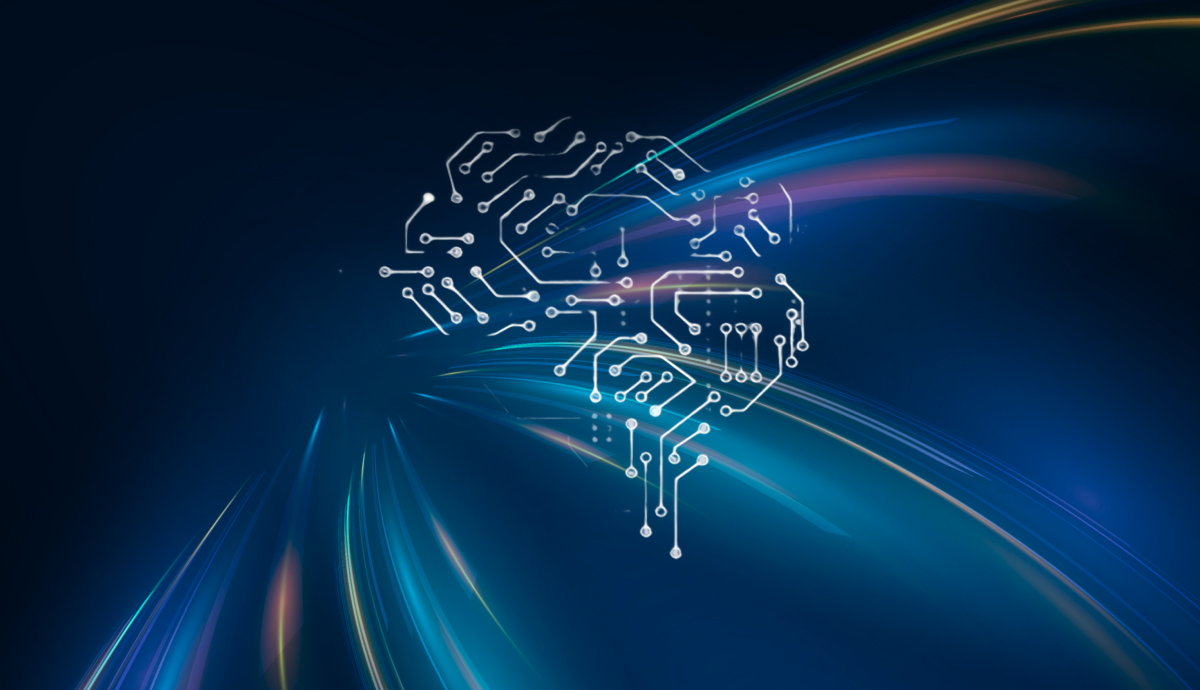Ever wonder how we make sense of the complex, ever-changing world around us? Simple—we rely on analogies. We instinctively reach for comparisons to help us grasp the unfamiliar. Take electricity, for example: we relate it to something more tangible, like water flowing through pipes. That’s how we turn an abstract concept into something we can almost picture in our heads.
Analogies are more than clever comparisons—they are cognitive tools. They provide shortcuts to understanding by taking us from the familiar to the unknown. They allow us to leap over the gaps in our knowledge without a mental workout. This process isn’t just a fun mental exercise—it’s how we, as intuitive humans, navigate learning, creativity, and innovation.
But what if AI could do the same?
Making Sense of the World Like Humans Do
My prompt to Chat GPT-
Can you explain Blockchain technology with a familiar analogy and give me a clear definition of the same?
And it generates – Blockchain as a Ledger Book in a Library, with clear and concise comparison, followed by a definition without the analogy in the second paragraph.
Isn’t that impressive!
AI is interacting with you in a conversation. You ask it to explain blockchain technology. Instead of just rattling off a technical definition, it says: “Think of blockchain like a ledger book. Every time a transaction occurs, it gets written down in permanent ink, and everyone else gets a copy. If anyone tries to change something, the other copies won’t match, and the attempt will be rejected.”
Boom—you’ve gone from “What on earth is blockchain?” to “I totally get it!” in seconds. That’s the power of AI embracing analogies.
And guess what? AI is already evolving to do just that.
Why We Love Analogies—And Why AI Should Too
AI has already made impressive strides in understanding and interacting with human language. If it could master analogical reasoning, we might see AI take a giant leap toward creativity, flexibility, and insight.
It’s not just about analogies helping AI explain the world—it’s about AI helping us make sense of our world in new, smarter ways.
As AI learns to leverage analogies more effectively, it will not only become better at communicating with us, but it will also begin to understand us on a deeper level. It will get better at predicting our needs, offering solutions that align with how we think, and even co-creating with us.
This transformation is already happening. ChatGPT, for example, has evolved to offer more nuanced, insightful conversations that use examples, analogies, and even humor to drive the point home. The more AI understands why humans rely on analogies, the more it can mirror that cognitive skill, allowing us to interact with machines in ways that feel almost, well, human.
As we move forward, let’s not forget the humble analogy. What started as a natural human instinct—to simplify the unfamiliar—is now driving AI to new heights of understanding. We are standing at the crossroads of innovation, where AI is not just processing data, but learning to think in ways that resonate with how humans naturally make sense of the world and share novel perspectives.
So, here’s to the AI-nalogies before apologies. AI is learning to take the mental shortcuts we humans have mastered for millennia—and it’s only going to get better from here.








